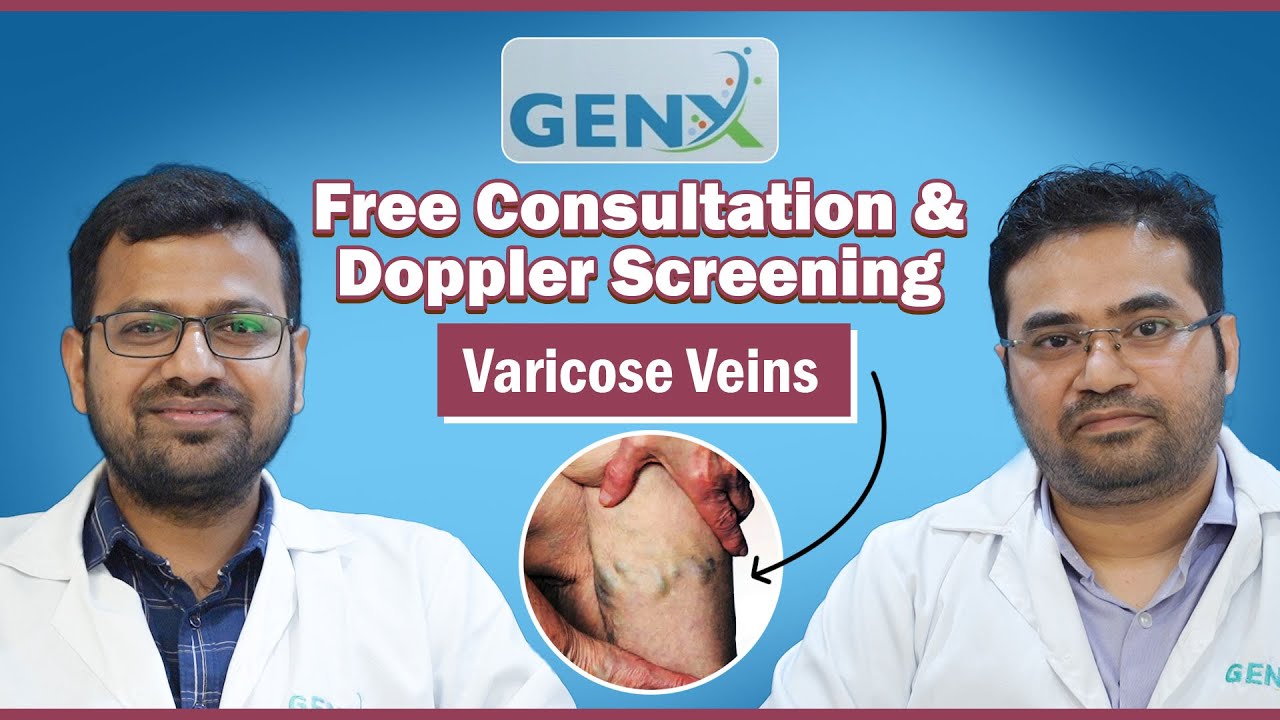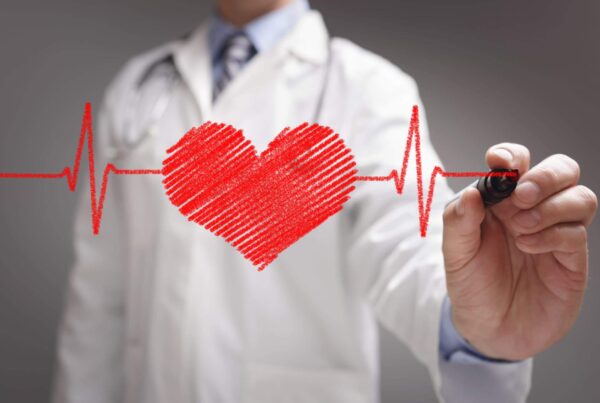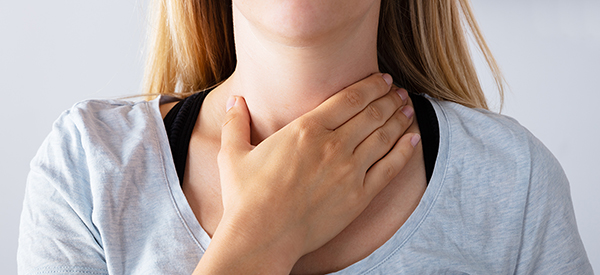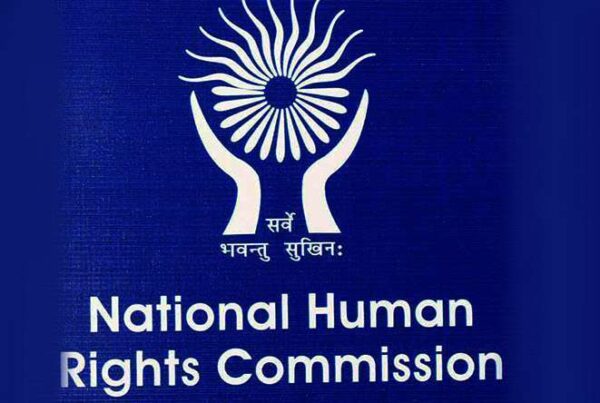Bhubaneswar: Varicose veins occur when veins become enlarged, dilated, and overfilled with blood. Varicose veins typically appear swollen and raised, and have a bluish-purple or red color. They are often painful. The condition is very common, especially in women. Around 25 percent of all adults have varicose veins. In most cases, varicose veins appear on the lower legs.
In an exclusive conversation with Swasthya Sambad Dr. Chinmaya Deepak Patro, Consultant Neuro and Vascular Interventionist, GenX Diagnostics talked about the primary causes of varicose veins.
He said, “Varicose veins occur when veins aren’t functioning properly. Veins have one-way valves that prevent blood from flowing backward. When these valves fail, blood begins to collect in the veins rather than continuing toward your heart. The veins then enlarge. Varicose veins often affect the legs. The veins there are the farthest from your heart, and gravity makes it harder for the blood to flow upward.
Some potential causes for varicose veins include pregnancy, menopause, old age, standing for long periods of time, obesity, family history of varicose veins.”
As far as treatment is concerned, there are 2 ways to treat varicose veins. One being conservative mode of treatment and the other being surgery. As far as conservative treatment is concerned, Dr Pattnaik said, “You’ll probably be advised to make changes to your lifestyle, instead of trying more aggressive treatments. Avoid standing for extended periods of time, lose weight or maintain a healthy weight, exercise to improve your circulation, use compression socks or stockings. If you already have varicose veins, you should take these steps to prevent new varicose veins. You should also elevate your legs whenever you’re resting or sleeping.”
When it comes to surgery, Dr. Patro said, “If conservative treatment doesn’t work then the next mode of treatment is interventional or pin hole surgery. It is again of two types i.e. laser therapy or EVLT where we block the vein using the heat energy of the laser. The benefit of this mode of treatment is that a patient doesn’t need general anesthesia and can be discharged within a day. The other mode of surgery is VenaSeal. Here, we make a small hole in the vein and we inject a wire inside and release glue. The benefit of this glue is that it blocks the vein immediately. It is a completely painless treatment and does not require the admission of a patient.”
NOTE: GenX Chandrasekharpur branch in Bhubaneswar will conduct a Varicose Vein Treatment Camp from September 20 to October 30. This camp will provide free consultation and Doppler screening. For appointment and further details contact:
GenX Diagnostics, A-19, Saheed nagar, Maharshi college Road, Bhubaneswar-751007, Odisha. Phone: +91 9078078888, +91 9637002233, Email: [email protected]




